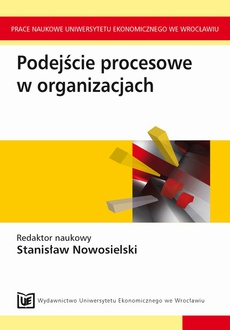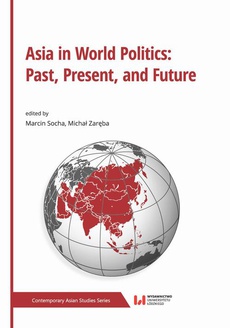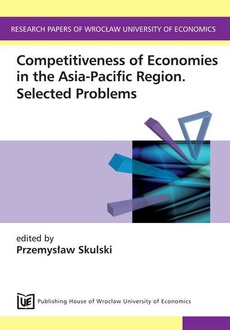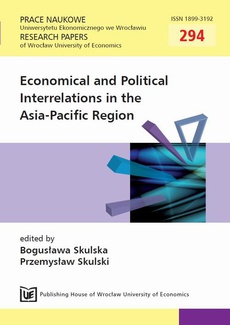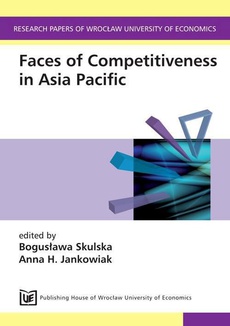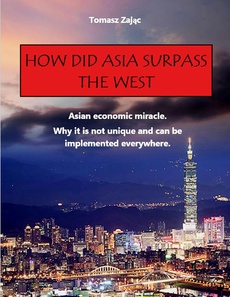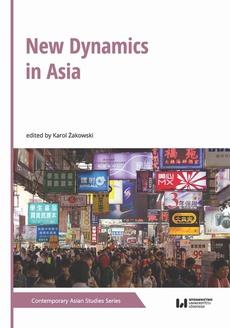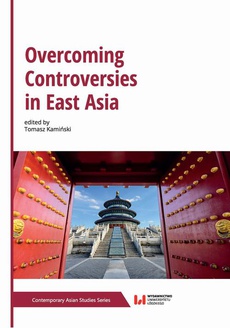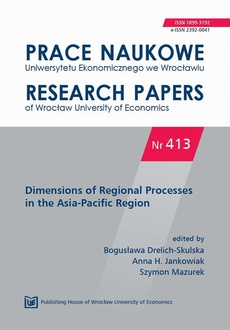POLECAMY
Paradiplomacy in Asia
Case studies of China, lndia and Russia
Autor:
Małgorzata Pietrasiak, Grzegorz Bywalec, Tomasz Kamiński, Dominik Mierzejewski, Michał Słowikowski
Wydawca:
Format:
ibuk
Asian regions and cities have become important international actors but the phenomenon of international engagement of regional and local governments in the Asian countries is still not sufficiently described and recognized in the scientific literature. So far, the research on paradiplomacy mostly concentrated on Europe and North America. However, as shown in this study, the regularities present in Western countries are not necessarily universal. The distinctive features of each Asia n country create quite unique contexts, in which sub-regional actors have to develop their international strategies. Same of those contexts were presented in this study in order to provide better understanding of the conditions of paradiplomacy in Asia.
| Rok wydania | 2018 |
|---|---|
| Liczba stron | 230 |
| Kategoria | Publikacje darmowe |
| Wydawca | Wydawnictwo Uniwersytetu Łódzkiego |
| ISBN-13 | 978-83-8088-803-6 |
| Numer wydania | 1 |
| Język publikacji | angielski |
| Informacja o sprzedawcy | ePWN sp. z o.o. |
Ciekawe propozycje
Spis treści
| Introduction | 7 |
| Chapter 1. Paradiplomacy – Discourse Analysis and Research Conceptualization (Tomasz Kamiński) | 11 |
| 1.1. Introduction | 13 |
| 1.2. Problems with definition | 14 |
| 1.3. Paradiplomacy in the frames of international relations theories | 17 |
| 1.4. Literature review | 21 |
| 1.5. Research conceptualization and methodology | 27 |
| 1.6. Conclusions | 34 |
| References | 35 |
| Chapter 2. Paradiplomacy in India As Exemplified by the State of Gujarat (Grzegorz Bywalec) | 39 |
| 2.1. Introduction | 41 |
| 2.2. The territorial organisation and the system of government in India as the main determinant of paradiplomacy in India | 46 |
| 2.3. The international activity undertaken by states in India – nationwide experience | 53 |
| 2.4. Case of Gujarat | 74 |
| 2.5. In lieu of conclusions | 88 |
| References | 90 |
| Chapter 3. Channelling Foreign Policy Through Local Activities in China: City of Guangzhou Case Study (Dominik Mierzejewski) | 93 |
| 3.1. Introduction | 95 |
| 3.2. Chinese legal framework of paradiplomatic activities | 96 |
| 3.3. The Chinese debates over paradiplomacy | 104 |
| 3.4. Paradiplomacy in action: the case study of Guangzhou | 108 |
| 3.5. Foreign representatives in Guangzhou and multilateral forums | 119 |
| 3.6. Promoting Guangzhou through industries: exhibition, aviation and sport | 125 |
| 3.7. Conclusions | 130 |
| References | 132 |
| Chapter 4. The International Activity of Federal Subjects of the Russian Federation on the Case of the Far East (Małgorzata Pietrasiak, Michał Słowikowski) | 137 |
| 4.1. The significance of paradiplomacy of the Russian Far East | 139 |
| 4.2. Research method and chapter structure | 141 |
| 4.3. The evolution of federal relations in Russia | 142 |
| 4.4. The evolution of federal legislation regulating rules of international activity of the Russian Federation’s federal subjects | 144 |
| 4.5. Typology of forms of international activity of the Russian regions | 147 |
| 4.6. Conditions of regional international activity | 149 |
| 4.7. The level of frequency of international activity of Russian regions | 152 |
| 4.8. Russian federal elites’ strategic culture and its influence on regions international activity | 157 |
| 4.9. Two models of centre-regions relations due to international activity of Russian regions | 161 |
| 4.10. Institutionalization and diversification of the centralized-coordinative model in centre-regions relations due to regional international cooperation | 163 |
| 4.11. Implications of federal centre policy due to international activity from regions and their interest perspective | 167 |
| 4.12. Conditions, institutionalization and internationalization level of the Far East regions | 169 |
| 4.13. Case studies – profile of international activity of regions with the highest level of internationalization | 175 |
| 4.14. Geopolitical dimension of the far eastern policy of the federal centre | 183 |
| 4.15. Centralized-coordinative model due to the Russian Far East | 188 |
| 4.16. Critical analysis of the centre’s policy to the Far East | 192 |
| 4.17. The international activity of the Far East’s regions due to regional elites | 194 |
| 4.18. Conclusions | 197 |
| References | 202 |
| 5. Conclusions | 209 |
| Annex 1. Guangzhou sister cities (2015) | 221 |
| Annex 2. Comparative Analysis for Guangzhou’s Sister Cities | 222 |
| Annex 3. International Activity of Regions of the Far Eastern Federal District Survey | 224 |
| Annex 4. Regional Internalisation Index for China, India and Russia | 226 |
| List of Figures and Tables | 229 |











